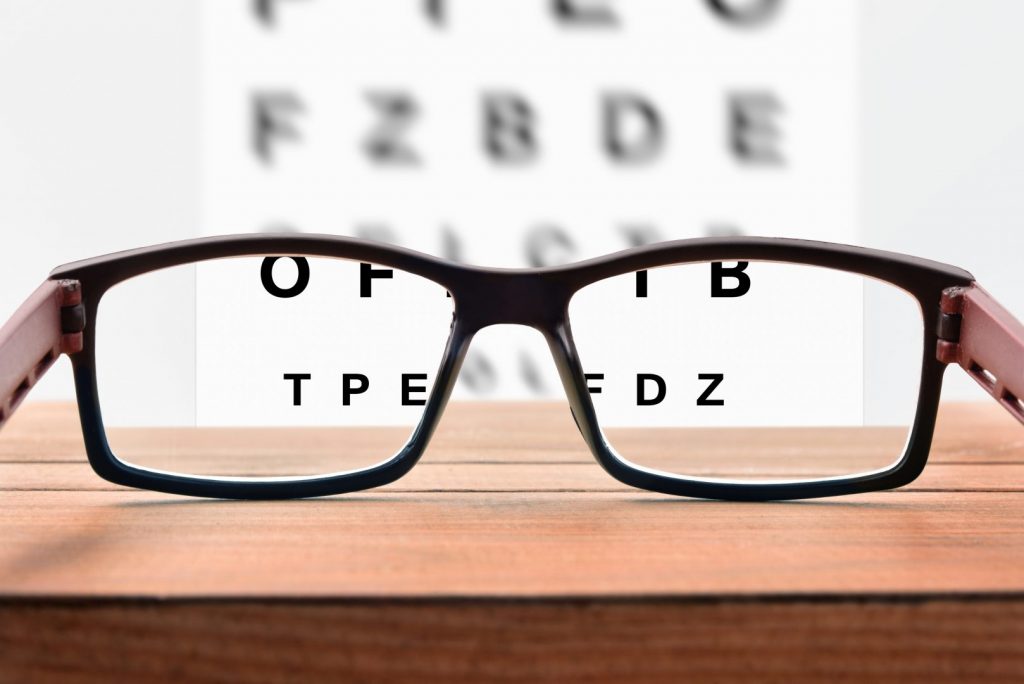
Our vision is just one of the senses that change as we get older, and we need to make accommodations for that in our design solutions for safe and effective aging in place
From a very early age, we are cognizant of our five senses – sight, hearing, touch, taste, and smell. Some of us find that one or more or those senses aren’t as well developed as others, while other senses seem to be stronger in compensation for the weaknesses of the others.
Some people are born with vision or hearing challenges, and this presents challenges for them to learn about their environment and relate to those around them. However, they seem to make the necessary adjustments.
As we get older, we notice sensory changes at various ages, particularly with our vision. While so-called 20/20 vision is the standard and something we’d all like to have, many of us don’t. Therefore, many of us wear corrective eyeglasses or contact lenses – and those prescriptions generally change as we age as well.
As we move into our twenties, we notice other vision changes. Generally, our eyes no longer adjust to low lighting situations or fine print as much as they used to do. We marvel at how we used to be able to read in very low light situations and how people younger than us can still do so.
Then there comes a time, usually sometime in our forties, when we need help to see the print that has been comfortable for us to read in the past – unless we already are wearing corrective lenses. This leads us to go out and purchase cheaters or readers to give an extra boost – magnification – to see what used to be comfortable for us. We start out with a minimal amount of help and progress over the years to stronger corrections. This condition of needing help to see the fine print and to be able to read well again is known as presbyopia.
Even more vision changes can occur as we age. They aren’t uniform in how they affect people, and not all of us get them nor experience them at the same age for those who do. Generally beginning in one’s sixties we start to notice cataract formation which is a thickening of the natural lens in our eyes – leading to blurriness and some yellowing of how we perceive the world around us. Some people who suffer from this condition will get surgery to repair it, and some will just live with it. Some will not be affected at all.
More serious types of vision issues include glaucoma and macular degeneration ( known as AMD for age-related macular degeneration). Glaucoma is mostly untreatable although there are some new advances in this area. Essentially, it is excessive pressure inside the eyeball that presses on the optic nerve and causes vision loss – blindness. AMD affects the central vision area of our eyes, and the peripheral vision normally remains good. There just is this large dark area in the middle of our vision that occludes what we are viewing.
Of course, there are illnesses and injuries of the eye that affect our vision that cannot be predicted, but they definitely can affect how we relate to the world around us. So much of what we learn and experience each day comes to us in the form of visual images.
Generally speaking, as we get older, we need more lighting to remain comfortable and safe in our home environments and elsewhere. As noted, the low-light vision we enjoyed in our youth has long since passed. Now we need more area and task lighting to keep us safe and enable us to see what we are doing. Fortunately, lighting is one of those home features that has seen dramatic strides in recent years, and we are able to equip someone’s home with a wide range of styles and lighting output to meet their needs and the requirements of their particular space.
We also know that as we age, our other senses show changes also. Our hearing can decline, especially with respect to hearing higher pitched sounds and lower tones. There may be certain waves lengths that we no longer recognize. It can also take longer for us to process someone’s speech and to remain engaged in a conversation.
We now have the ability to provide dual or redundant notification and alert systems in a home to compensate for a weakness in sight or hearing – or just being distracted or not paying full attention to either alert. Many alarms that tell us when a cycle has been completed on an appliance will issue both an audio and visual cue. The video doorbells have become quite popular and perform the same function of a dual response.
We also know that our sensations of taste and smell change and get weaker as we age, generally speaking. This impacts comfort and safety. Sometimes people lose the ability to enjoy some of their favorite foods, and being able to detect dangerous or injurious gases and other odors in the home is quite important.
As aging in place specialists, we need to factor this normal aging changes into our solutions taking these normal aging issues, as well as specific needs that people have, into account with our designs.
